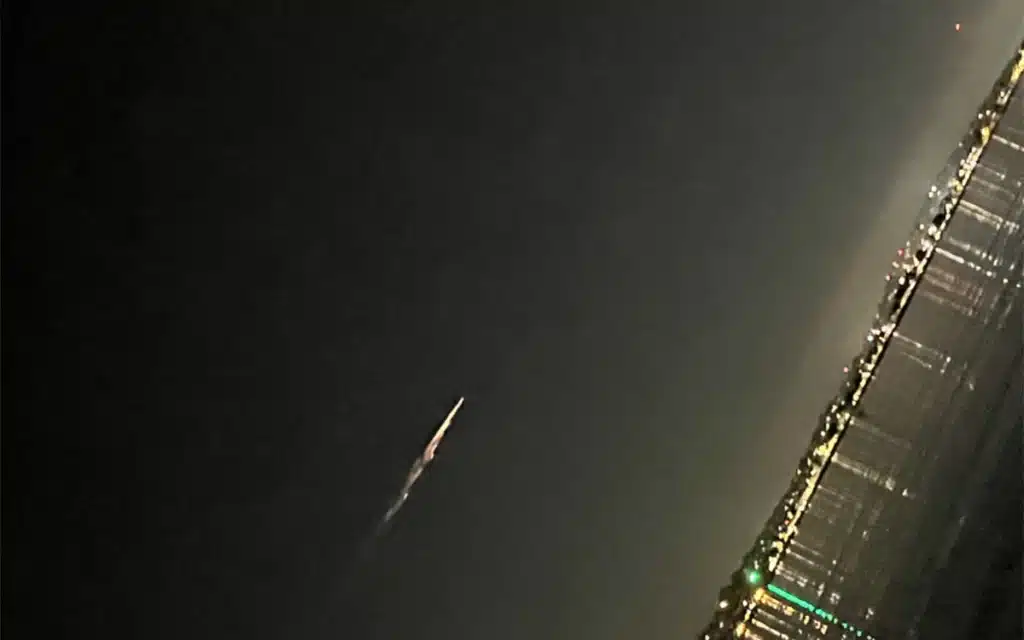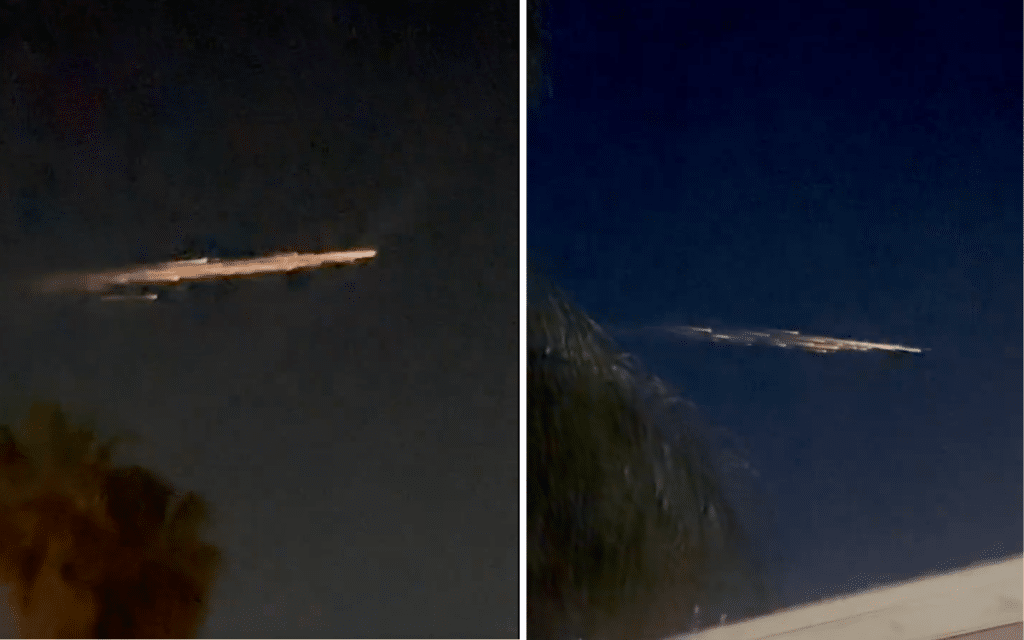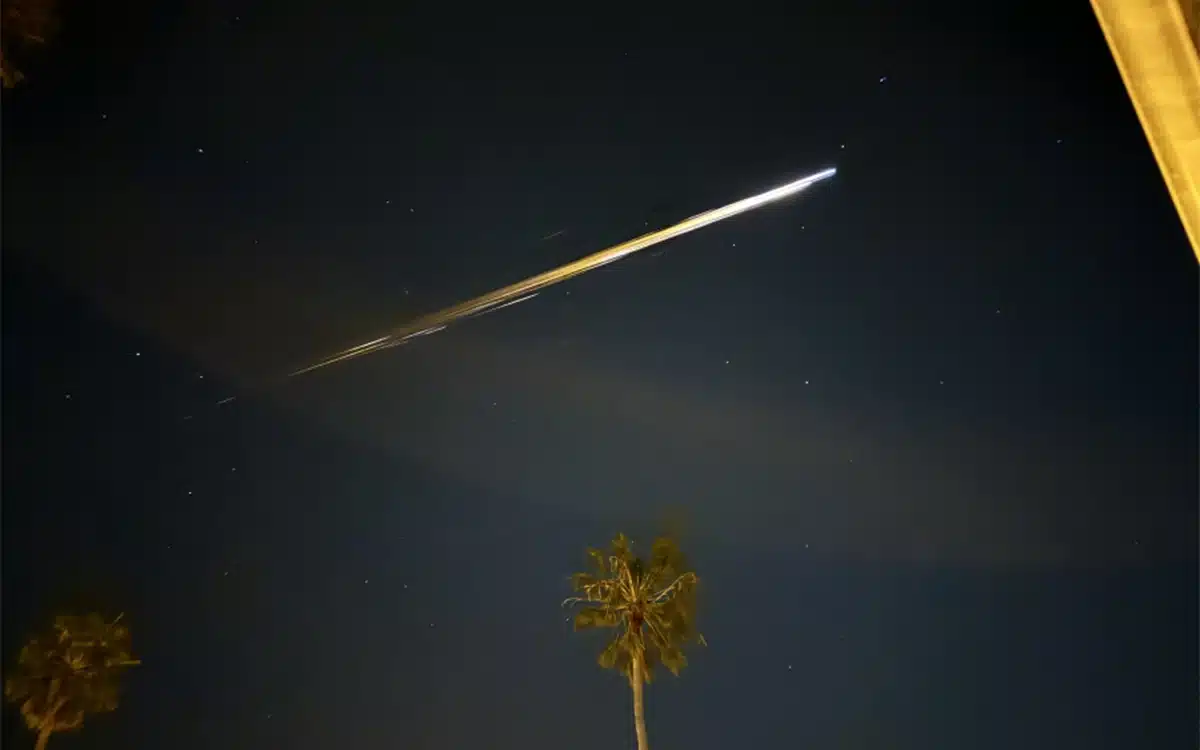Southern California’s skies lit up with space debris after SpaceX launched its Falcon 9 rocket on Tuesday morning (April 2nd).
It was quite a show for the observers, as it looked like a meteor shower on steroids.
However, it was just space junk that entered the Earth’s orbit.
READ MORE: US aircraft developer starts tests for autonomous supersonic fighter jet
The space debris, which has now been dubbed the ‘flying fireball’, could be seen from the Sacramento area to San Diego.
As unusual as it was, the people reported their sightings all across social media and even to the authorities.
At first, everyone tried guessing what they had just seen.
Was it a UFO? Alien spaceship? Spy drones? What was it?
However, only a few hours later, experts could figure out what the space debris was.

According to the Aerospace Corporation, it was the orbital module of China’s Shenzhou 15 spacecraft that was re-entering the Earth’s atmosphere.
They used tracking data from the USSF 18th Space Defense Squadron to reveal the mysterious junk’s identity.
The timing of the light show following SpaceX’s launch was unusual.
Likewise, the space debris was visible almost six hours after the Falcon 9 rocket’s launch.
Some even thought that the debris was due to the said launch failing.
SpaceX’s Falcon 9 often makes it to the headlines for its dazzling take-offs and landings.


The Falcon 9 rocket was carrying 22 Starlink internet satellites that the company had to deploy in space.
Elon Musk’s Starlink has been constantly launching internet satellites into space for a while now.
The satellite internet company has also recently launched unique direct-to-cell satellites for direct internet connectivity.
From a general perspective, space debris is nothing new.
While we’re filling up space with endless satellites and rocket debris, the Earth’s orbit may fill up soon.
However, space debris won’t necessarily hit the Earth — it would mostly burn on re-entry and cause a bizarre light show, as this one did.

Dr. Thomas Hughes is a UK-based scientist and science communicator who makes complex topics accessible to readers. His articles explore breakthroughs in various scientific disciplines, from space exploration to cutting-edge research.








